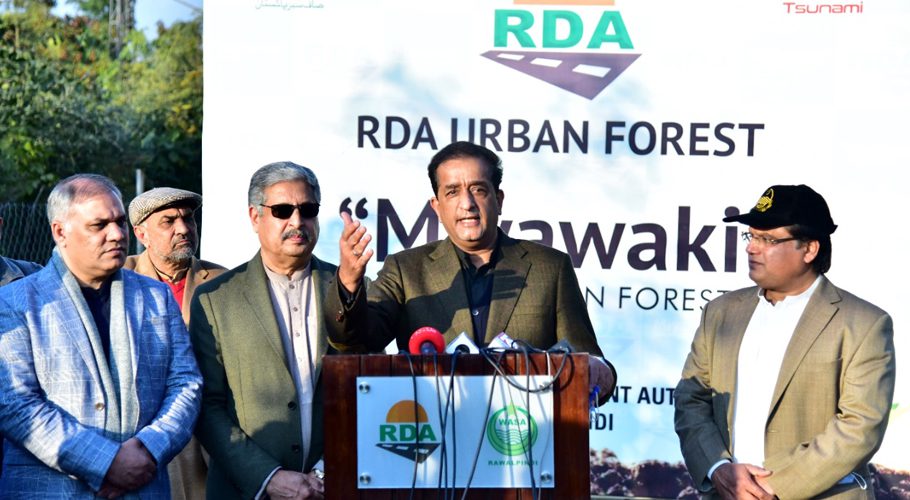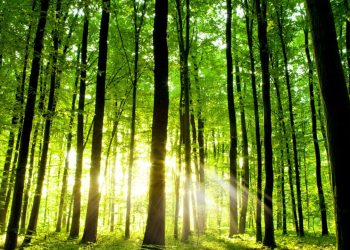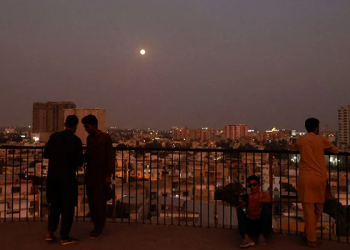Minister for Climate Change, Malik Amin Aslam inaugurated the urban Miyawaki Forest in Rawalpindi on Tuesday, January 11th.
Minister for Climate Change, Malik Amin Aslam while talking to the media at the inauguration ceremony, said:
The government of Pakistan has set a target of planting one billion trees across the country during the current year of 2022.
Moreover, Minister for Climate Change, Malik Amin Aslam also said in his talks with media that:
“Over 600 million saplings would be planted in all provinces, including Gilgit-Baltistan, under the first target set for the spring plantation starting from the 15th of this month.”
What Is Urban Miyawaki Forest
According to Urban Forest, Miyawaki urban forests are charming diverse ecosystems, in balance with today’s soil and climate conditions.
Miyawaki technique works worldwide irrespective of soil and climatic conditions. Over 2000 forests were successfully made using this method. Doctor Akira Miyawaki, botanist and professor, is the creator of the technique. He created it first in 1980.
Using the Miyawaki technique, native urban forest ecosystems can be created much faster. The method takes its motivation from nature. In this technique, 15 to 30 different species are planted together. This plant society works very well together and is perfectly adapted to local weather conditions.
The habitat thus created will get more complex over time and attract much biodiversity.
Vegetation becomes much denser than conventional plantations, and it has the structure of a mature natural forest. It is a multi-story structure, where different levels of vegetation appear. The forest thus structured delivers many benefits in the form of ecosystem services.
It would take about 200 years to let a forest recover on its own. With the Miyawaki method, a similar result is achieved in 20 years.
A Miyawaki forest planted by Urban Forests grows each year by a minimum of 1 meter, without chemicals or synthetic fertilizers.






